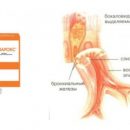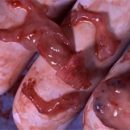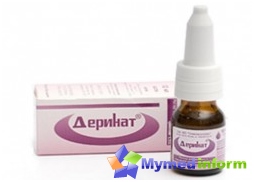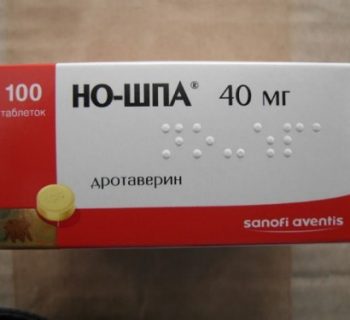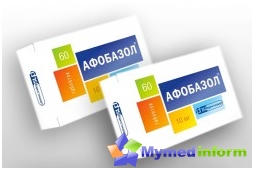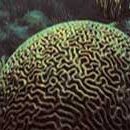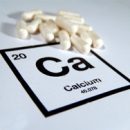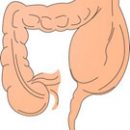Let's talk about what is this drug and in what cases it is advisable to apply it. Read the instructions very carefully - suddenly the next time you have to apply these knowledge in practice?
Ortofen - Nonteroid drug with a pronounced anti-inflammatory effect. In addition, the drug has an analgesic and antipyretic effect. Orthofen belongs to the discharge of synthetic medicines and has several pharmaceutical forms. On the shelves of pharmacies you can see the dragee, suppositories, mortar, tablets, ointment and gel with the same name.
The composition of the drug
Activity Orthofen - Diclofenac Sodium.
In 1 drug tablet contains 25 mg of active ingredients. The amount of diclofenac in 1 ampoule of orthopena reaches 75 mg. 100 g of the anti-inflammatory drug gel is saturated with 5 g of the active substance.
Features of the action of the drug
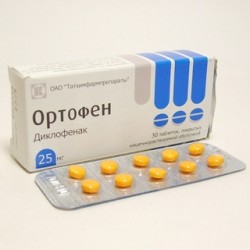
The main specific feature of orthophene consists in suppressing the activity of cyclooxygenase, or COF. This is the main derivative enzyme of arachidonic acid, which is essentially related prostaglands - provocateurs of inflammatory reaction, pain and high temperature.
Pain attack Ortofen stops, launching peripheral and central mechanism in the body. The peripheral mechanism is based on an indirect oppression of the production of prostaglandins, and the principle of the central mechanism is to suppress the synthesis of prostaglandins of the central and peripheral nervous system.
Due to this impact on the body of Orthofen significantly reduces the painful sensations caused by rheumatic diseases, eliminates the joints of the joints in the morning, prevents their stiffness and in general contributes to the extension of physical activity. The drug is useful and in emergency situations: diclofenac perfectly copes with post-traumatic and postoperative pain, reduces inflammatory swelling.
Finding into the body, the active substances of orthophene are quickly absorbed from the tract and apply to the body. Suction rate is somewhat slowed down as a result of food intake, but the degree of absorption of the drug remains unchanged. Almost half of the current components of the drug split immediately after penetration into the liver. The maximum concentration of orthophene in the blood is observed in 2-4 hours after the reception. Time varies depending on the form of the drug. About 60% of one dose in the split form remove the kidney, less than 1% is removed in constant form with urine, the remaining split part of the drug is derived in the composition of bile.
In which cases you can take the drug

MyMedinform.COM is in a hurry to inform his readers, in what situations of Ortofen can not be taken:
- Diseases of the gastrointestinal tract in acute form.
- Children's age up to 6 years.
- Pregnancy and breastfeeding.
- Pronounced disorders of liver and kidney activities.
- High sensitivity to nonsteroidal anti-inflammatory drugs and aspirin.
- Addiction to allergic reactions.
Features of the use of drug

- Ortophen with great care are prescribed if the patient's history is characterized by kidney or liver disease, disorders of the gastrointestinal tract, bronchial asthma or heart failure.
- Recently operated people and elderly patients belong to a special risk group.
- During treatment with orthofen, the patient needs to systematically undergo a survey of liver and kidney, as well as pass tests on peripheral blood indicators.
- Rectal Orthofen Suppositories are contraindicated if the patient suffers or suffered in the past disease, the location of the localization of which is an anorectal region.
- During treatment with Ortophen, alcoholic beverages can not be used.
- After applying the drug, the braking of psychomotor reactions is observed. This means that the car in the treatment of orthoophen led is undesirable.
Preparations similar to Ortofen
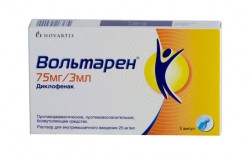
There is a list of drugs that successfully can be replaced by Ortofen:
- Voltaren;
- Voltren Emulgel;
- Diclak;
- Diclofenac;
- Dorosan;
- Flap;
- Rapten Duo;
- Foilran.

